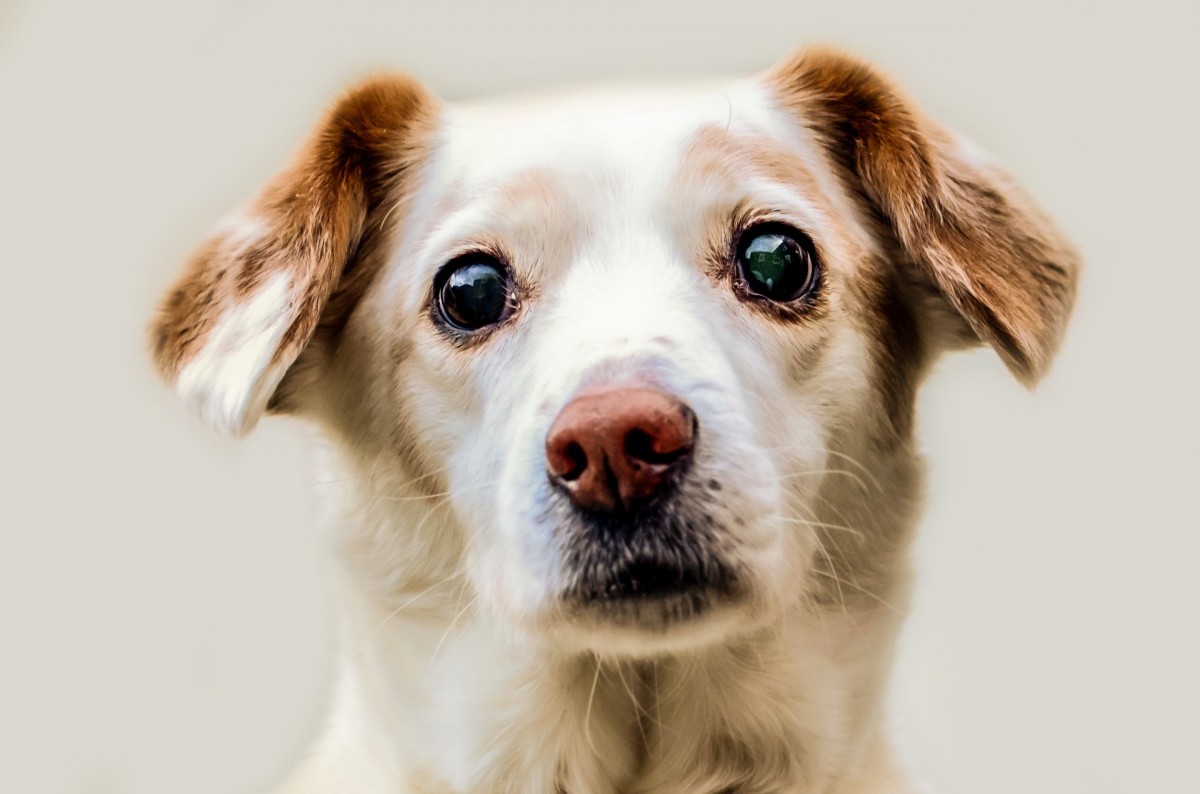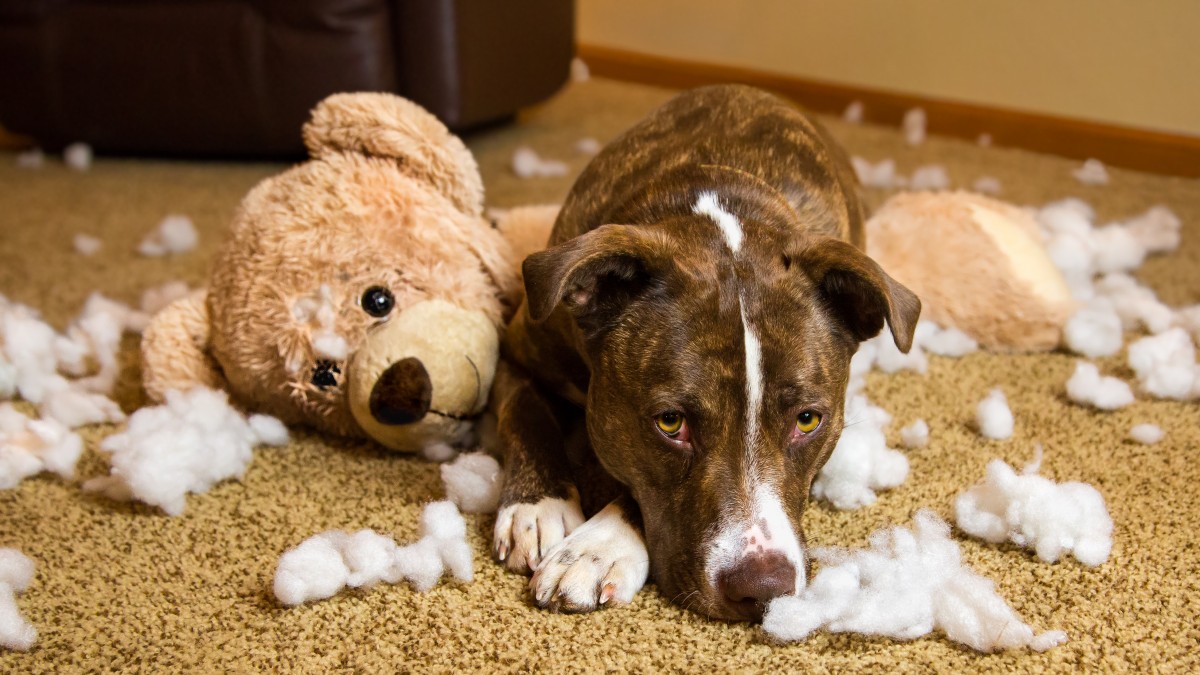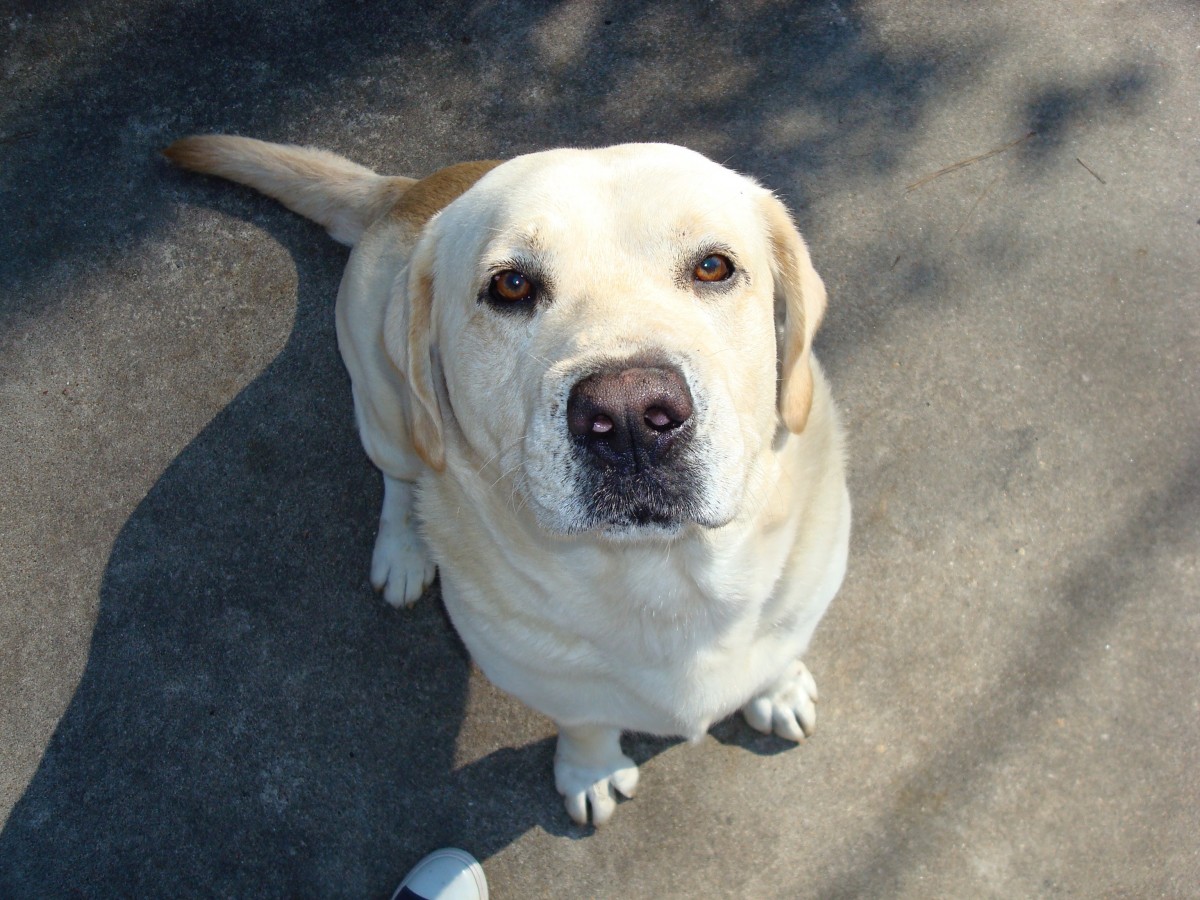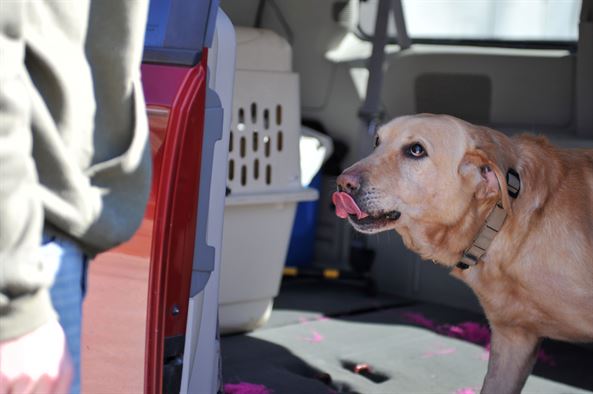Everything You Need To Know About Dog Anxiety is designed to provide an easy guide to the most important things to consider when your dog experiences anxiety.
It has been found that 20-40% of dogs referred to animal behavior specialists in North America suffer from separation anxiety, according to an article in the AVMA. Like humans, dogs also react to stressful situations, and they display their emotions in different ways. Most dog parents today face challenges when trying to deal with their anxious pets. Sadly enough, lack of understanding of dog anxiety as a behavioral problem has led many people to relinquish their pets or euthanize them. The guide below provides important links on more detailed dog anxiety topics to help you understand your pet better.
Causes of the behavior
Dog anxiety is triggered by a number of factors. Some of the most common reasons are separation from the people they are attached to, loud or unusual noises such as thunderstorms, sudden changes in the environment, and confinement which makes the dog feel trapped. These situations induce an instinct of fear that may stick in the memory of the dog and generate a negative response from your pet each time the act is repeated.
Some dog breeds are also more susceptible to anxiety than others depending on their instincts and drives. Canines that are highly active and intelligent are known to be at a higher risk of separation anxiety. Breeds like German Shepherds, Labrador Retrievers, Boxers, Border Collies, and Dalmatians are more likely to fall victim. Other issues that may cause anxiety are lack of socialization during the first months of life. Dogs may also develop phobias for certain objects, people or specific situations depending on past traumatic experiences.
Symptoms of anxiety
Every dog handles anxiety differently, but most express their symptoms physically. Some of the symptoms you should look out for include constant barking and howling, urinating or defecating, intense pacing and restlessness, hiding, aggression, withdrawal, and destructive chewing on furniture and shoes. Dogs may also attempt to escape through chewing, scratching and digging. Here, the dog targets points of exit such as door and window. Such attempts may result in severe injuries and expensive destruction to your valuables. To correctly understand your pet, first observe and learn what agitates your pet and see how your dog reacts.
Some symptoms are less visible while others are easy to recognize. Before treating your dog for anxiety, it’s crucial that you first understand and verify the source of stress. Some dog parents misjudge the dog and punish their pet thinking it’s just an indiscipline issue. One should make sure that the behaviors your dog is displaying are not an indication of a different problem. It is not uncommon for people to confuse anxiety with boredom, seeking attention, scent marking, or poor house training.
How to start addressing the problem
First, rule out any medical illnesses. Some medical issues such as urinary tract infection, kidney stones, diabetes, hormonal problems, ingesting a toxic substance, or medication side-effects can cause urinary incontinence in dogs. Seek the assistance of a qualified vet to rule out such issues. Second, always remain calm and consistent when dealing with an anxious dog. Punishment, scolding or yelling will do little to change the behavior. Inflicting any pain on your pet will only increase the stress levels.
Exercise is key
Starting a physical exercise routine can help soothe the anxiety of your dog. You can help burn some of the dog’s tension by taking your pet for a walk, jog or swim. When going for walks, take your pet to different places to keep your pooch excited about the different scents and sights. If unable to go outside, you can engage your pet in a fun and interesting indoor game using a durable chew toy or a food puzzle. Vigorous exercise helps relieve the stress, keeps him healthy, and gets rid of pent-up energy. This way, your dog won’t use that extra energy destructively. Seek activities that are a match to your lifestyle and that suit your dog’s personality, and
Related: Personality based dog activities
(Seek activities that are a match to your lifestyle and that suit your dog’s personality)
Watch your responses
Dogs observe how you respond to stressful situations. To alleviate their fears, you should try and act normal and show your pet that everything is well. When leaving, keep your departures short and don’t make a big deal when you come back. Even when the dog starts making noises, don’t give in as this only reinforces the behavior. You can also do a simple training command to let him know you are in control of the situation. By showing calmness and confidence, your dog will understand all is fine thus feel at ease.
Desensitize your dog
This is the controlled and gradual exposure to small stressful situations. Providing a low-intensity stimulus ensures your dog doesn’t get frightened and shows it that nothing bad can happen. Reward your pet with a treat when your pooch behaves desirably as this will help him to have a positive view. Once the dog gets used to one stressful situation, slowly introduce your pet to another level. Whether your dog is afraid of other pets, cars, noises or crowds, repeated efforts will help him unlearn phobias and replace the negative behaviors with positive ones.
Teach your dog to be alone
Training your dog to be independent can help him cope better when left alone. You can leave your house for a few seconds, come back and repeat this procedure every day. Before you go outside again, ensure your dog is completely relaxed. Continue to increase the time you spend away from minutes to hours and always be observant for signs of stress. This will eventually modify the dog’s expectations and help him tolerate separation.
Introduce your dog to a crate
If done properly, crate training can be an excellent solution for an anxious dog. It should be done in a way that makes the dog comfortable and relaxed when in the crate. The dog should treat the crate as a den where your pet can rest safely. To make it pleasant for the dog, put his favorite treats and toys inside, let it enter the crate voluntarily and give him ample time to explore it. You can also place the dog’s food inside the crate to create a positive association. When left alone, your pet will always feel safe retreating to the crate.
Things to avoid
When your dog is anxious, avoid giving your pet treats or making positive gestures. This may reinforce your dog’s anxiety as he thinks he’s being rewarded. If you are traveling and leaving your pet under the responsibility of someone else, leave your dog with a familiar item such as a favorite toy to keep him calm and comfortable. If the situation gets out of hand, you can always seek the assistance of a professional. With these tips, you can help your dog overcome his fears, and ensure that your pet leads a long, happy and healthy life.
This blog post courtesy of Mary-Jane Styles a contributing writer for PawsLikeMe
Mary-Jane is a freelance writer, editor and dog parent. A few years ago, she adopted a wonderful dog called Max who quickly became an important member of the family. Max didn’t cope well with being separated from his ‘pack’, as his new family quickly discovered . When left home alone for just a few hours, he would become very distressed, barking and howling almost non-stop. There were even occasions he got so distraught he’d urinate and defecate.
The situation became increasingly distressing for the whole family, not just Max, so they decided to to make some changes to help him reduce this intense anxiety. Thanks to Mary-Jane and her family’s commitment, Max is now much calmer and happier when left alone. Inspired by her own experience, Mary-Jane now helps guide other pet parents coping with canine anxiety. PawsLikeMe was equally inspired by her personal success story, and the thoughtful guidance Mary-Jane extends to our readers.



